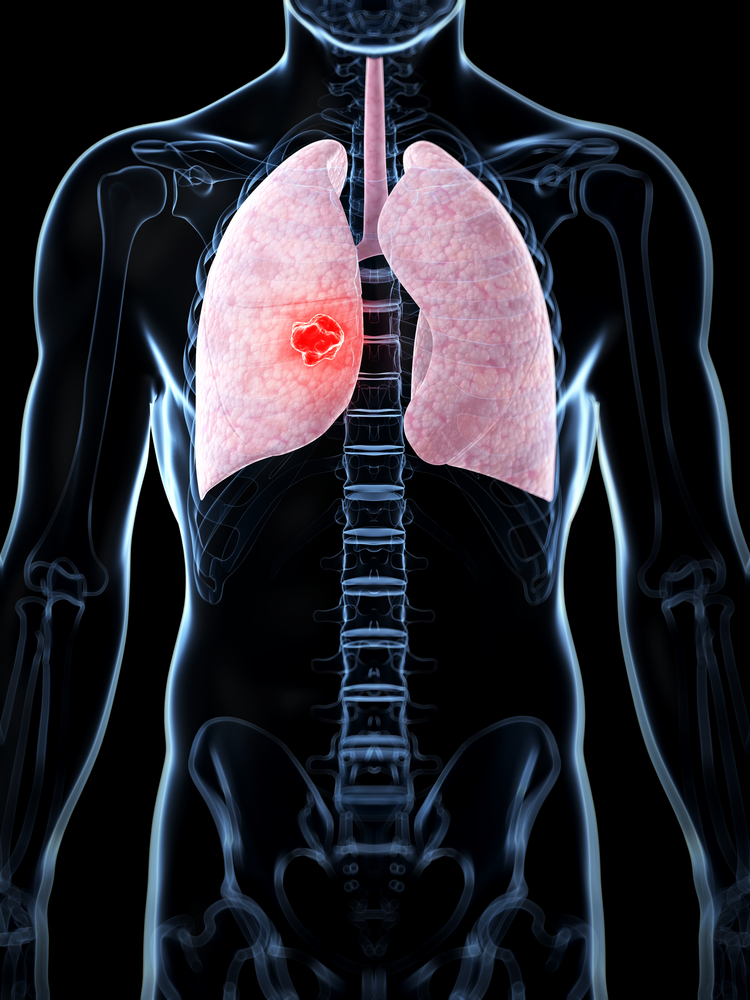A new study entitled “Serum protein gamma-glutamyl hydrolase, Ig gamma-3 chain C region, and haptoglobin are associated with the syndromes of pulmonary tuberculosis in traditional Chinese medicine” was published this July in the BMC Complementary and Alternative Medicine.
Tuberculosis (TB) is the second cause of death among infectious diseases globally after the Acquired Immune Deficiency Syndrome (AIDS). In 2012, worldwide there were 8.6 million new TB cases with 1.3 million of those fatal, and 0.3 million deaths from HIV-associated TB. The duration for standard western therapy for TB treatment is at least 6 months, however, throughout this time, TB can become drug-resistant and lead to severe hepatic side effects.
Interestingly, Traditional Chinese Medicine (TCM) has been used to treat tuberculosis (TB) based on classifications of TCM syndromes by inhibiting Mycobacterium, reinforcing the immune system and decreasing the pulmonary toxicity. In TCM, a syndrome can be defined as a group of symptoms and signs in a patient at a precise stage during the development of a disease. In TCM, it is said that every disease has a natural course of progression for a certain period from occurrence, initial, intermediate, and advanced stages, to recovery, relapse, or deterioration.
In this study, the research team used bioinformatic methods to study the clinical and pathological features of pulmonary TB patients with TCM syndromes. They analysed serum samples from 214 pulmonary TB patients using isobaric tags for relative and absolute quantization (iTRAQ) followed by multidimensional liquid chromatography (LC) and tandem mass spectrometry (MS/MS) for screening differentially expressed serum proteins. In the end, it was impossible to identify high number of proteins due to the limitation of the technology.
The research team identified serum protein S100A9, SOD3, and MMP9 as new potential diagnostic biomarkers for pulmonary TB. They concluded that the classification of TCM syndromes in pulmonary TB cases was closely associated to the clinical and pathological changes and erythrocyte sedimentation rate (ESR) values. Importantly, the results provided clinical evidence and experimental basis for TCM syndromes of pulmonary TB. Moreover the data supported the biological basis for the TCM syndromes classification, especially, providing an important clue for TCM differential diagnosis with improved and important scientific significance.

